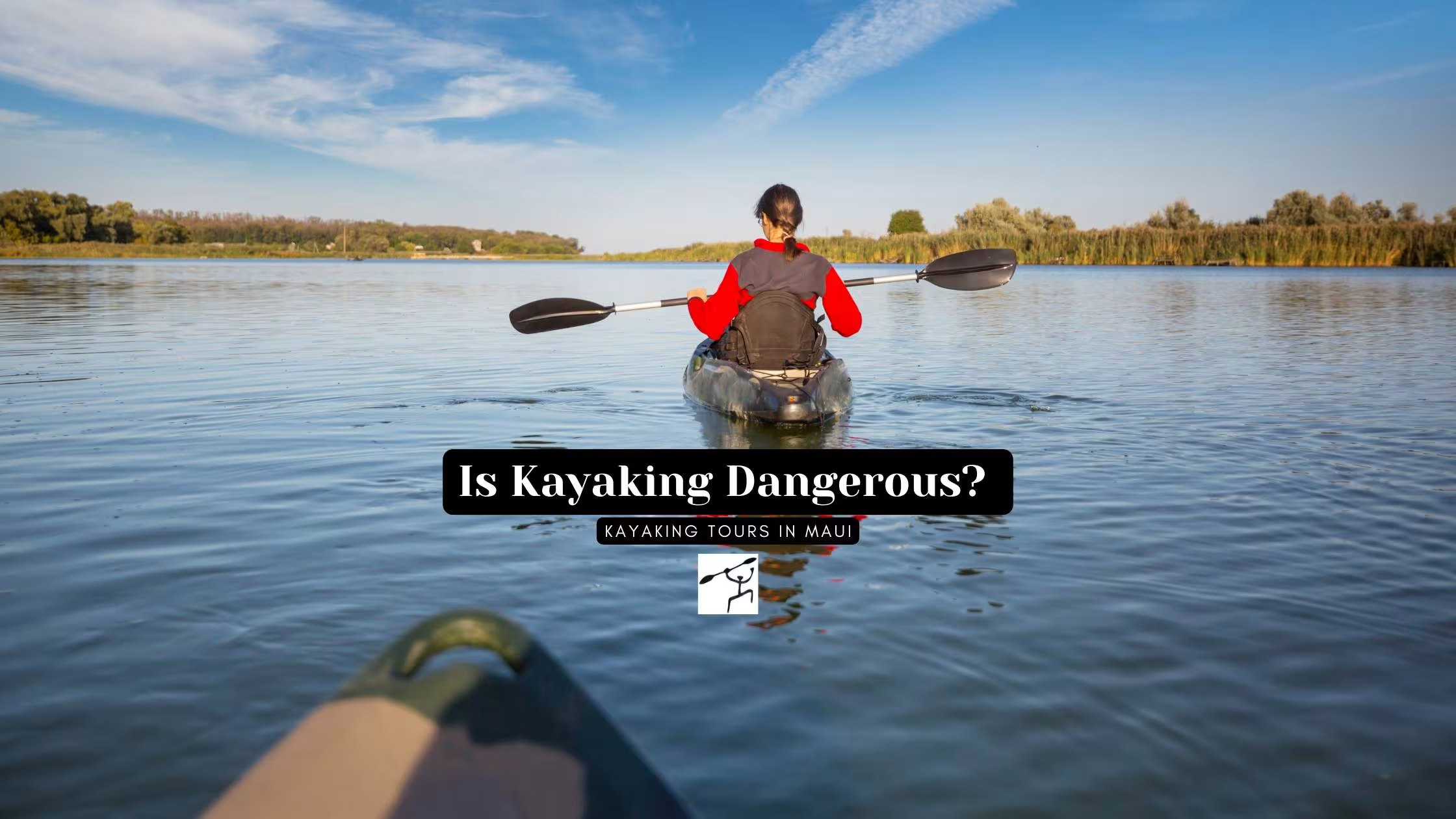
Is Kayaking Dangerous
Is Kayaking Dangerous
Is Kayaking Dangerous
Is Kayaking Dangerous
Is Kayaking Dangerous
Is Kayaking Dangerous
Is Kayaking Dangerous
Is Kayaking Dangerous
is kayaking dangerous, how dangerous is kayaking, dangers of kayaking, is kayak dangerous, kayaking safety tips, kayaking risks, kayaking myths, kayaking safety for beginners, is kayak fishing dangerous, kayaking for non-swimmers, how dangerous is kayak fishing, kayak safety equipment, is kayaking safe
Is Kayaking Dangerous?
Kayaking can feel serenely gentle one moment and surprisingly lively the next, yet beginners often wonder whether it is genuinely safe. Like any adventure that takes place outside the confines of a gym, it has its hazards. The key is not to avoid risk entirely, but to recognize it and let that knowledge guide careful preparation. When paddlers understand the possible pitfalls, the outing transforms from a gamble into a managed experience.
Statistically speaking, recreational kayaking does not rank among the most hazardous sports. Accidents, when they occur, are usually traceable to three familiar culprits: inexperience, insufficient gear, and unpredictable nature. For those who follow guidelines and choose the right conditions, a routine paddle down a lake can be remarkably satisfying and safe.
Is Kayaking Dangerous for Those Who Can’t Swim?
Many people hesitate to try kayaking because they don’t swim well, but the activity can still be safe for non-swimmers when a few basic precautions are observed. First and foremost, a properly adjusted life jacket is non-negotiable. Second, novices should limit themselves to flat, shallow water until they become comfortable with the boat. Signing up for a lesson or joining a guided outing provides supervision and instruction that can transform uncertainty into confidence while keeping hazards at bay.
Basic Safety Guidelines for First-Time Kayakers
If you’re still asking whether you ought to get into a kayak when you have little experience, the best answer is preparation. Statistics show that most reported incidents happen because simple precautions are ignored. Adopt these steps, and you’ll dramatically cut your chances of trouble:
Keep That Jacket On
Never set foot in a kayak without first donning a well-fitted personal flotation device. Seemingly calm circumstances can suddenly change, and a life jacket will always be more effective than a post-incident swim.
Before You Launch
Check the weather and water reports. Thunderstorms, sustained gusts, or suddenly rising currents can turn an otherwise pleasant outing into a dangerous situation. Experienced paddlers frequently admit they underestimated changing conditions, so err on the side of caution and choose a different day if bad conditions are forecast.
Know Your Limits
Every paddler has a comfort zone, and knowing yours is essential for safety. Until you feel steady with stroke technique and balance, stick to still lakes, gently flowing rivers, or cooperatively sheltered bays. High-energy whitewater, wide-open coastal water, or strong tidal regions can overwhelm a novice and should be reserved for later once your skills have matured.
Bring the Right Equipment
Equipment is more than just a colorful boat. A reliable personal flotation device is just the starting point; add a paddle leash to stop your blade from drifting away, a whistle or pealess horn for communication, a watertight dry bag, a compact first-aid kit, and clothing that dries quickly while permitting freedom of movement. In chillier water, a fitted spray skirt helps keep waves out and body heat in.
Learn From Pros
Learning is best done under the guidance of qualified instructors. Take a class to master efficient paddle strokes, self rescue techniques, basic navigation, and on-water etiquette. These formative lessons equip you to think clearly when adrenaline spikes and sometimes spell the difference between inconvenience and serious emergency.
Make Yourself Visible
Visibility is more than an afternoon fashion choice. Choose vivid orange, lime-green, or other eye-catching colors for your PFD, hat, and outer shell, and consider adding reflective trim. At dusk, dawn, or fog-bound mornings, a waterproof headlamp or deck-mounted light added to a small flag pole increases the chances passing boaters will spot you.
Don’t Skip Navigation Tools
Navigation tools date back centuries for good reason. A paper map, compass, or smartphone app in a dry pouch still checked against a backup hands you orientation if landmarks blur. Leave a copy of your float plan, estimated return time, and emergency contacts with a friend who will raise the alarm if you do not check in.
Busting Myths About Kayaking
Myth 1: Strong swimmers are the only safe kayakers
False. A properly fitted life jacket enables even a non-swimmer to safely enjoy paddling in calm waters.
Myth 2: Flat, glassy water means a placid paddle
Untrue. Calm surfaces can hide strong currents, riptides, or hazards just below the waterline.
Myth 3: Anyone can jump in—no training needed
Incorrect. Even a short introductory lesson improves balance, technique, and decision-making.
Final thoughts
So, is kayaking an inherently risky sport? Not if you show up prepared and pay attention. With the right kit, a little know-how, and a healthy respect for changing conditions, you can glide over water that feels both beautiful and safe. Whether you paddle for exercise, thrill, or stillness, mastering the fundamentals lets you keep enjoyment ahead of anxiety.
Visitors headed to Maui might consider a guided excursion through a reputable outfitter, such as Maui Adventure Tours Kayak & Snorkel Company. Their trained guides offer thorough safety talks, well-maintained equipment, and insider tips that transform every trip into a memorable outing, without unnecessary worry.









1 Comment
Good